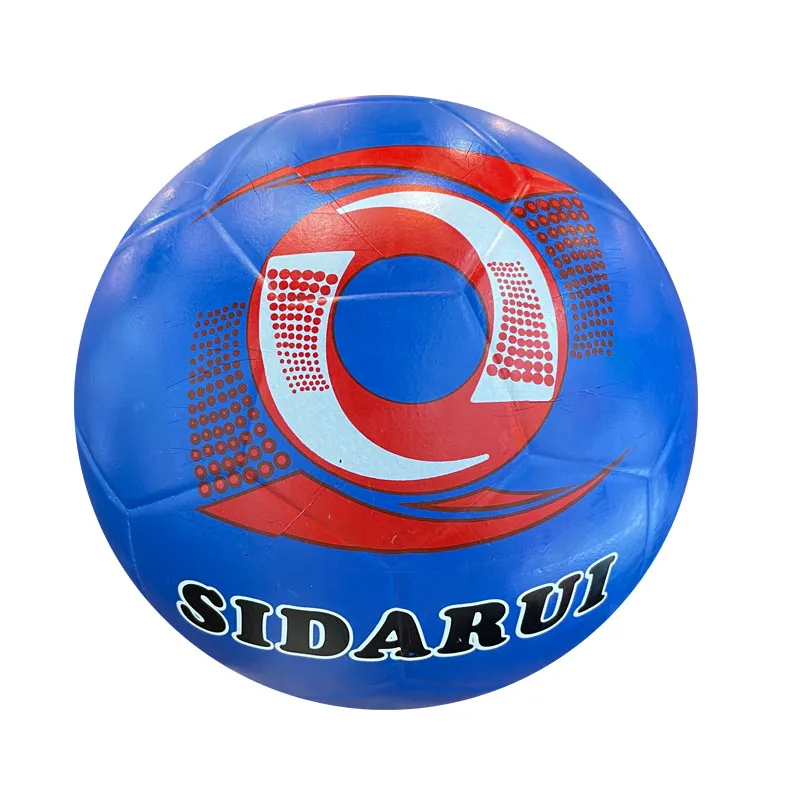Feb . 18, 2025 02:20


From a manufacturer's perspective, crafting futsal balls involves precise engineering. The lower bounce is achieved by using thicker outer materials and a smaller bladder, often made from advanced synthetic butyl rubber with superior air retention qualities. These features ensure the ball remains air-tight even after extensive usage, maintaining its shape and performance characteristics. Selecting a ball with a high-quality outer surface is crucial as it withstands abrasion from hard indoor surfaces, ensuring durability and longevity. Additionally, players should consider the ball’s color and design when purchasing. Visibility is a critical aspect of gameplay, especially on indoor courts with varied lighting conditions. High-contrast panel designs or bright colors can aid in better ball tracking, ensuring players can make quick decisions under pressure. Proper maintenance of a futsal ball is also pivotal for sustaining performance. Keeping it clean and stored in a dry, cool place extends its lifespan. Regularly inspecting for wear and tear ensures that the ball performs reliably in every match. Training sessions using well-maintained balls can translate to more consistent and successful in-game performances. Lastly, for those responsible for coaching or organizing futsal events, ensuring that balls meet the official specifications set by governing bodies like FIFA can enhance the credibility and professionalism of games. Adhering to standards not only improves the gameplay experience but also ensures that players develop skills pertinent to professional level play. Understanding the nuances of futsal soccer ball size not only elevates the gaming experience but also contributes to player development. For anyone serious about maximizing their potential in futsal, investing in the right equipment is the first step towards achieving that goal.










